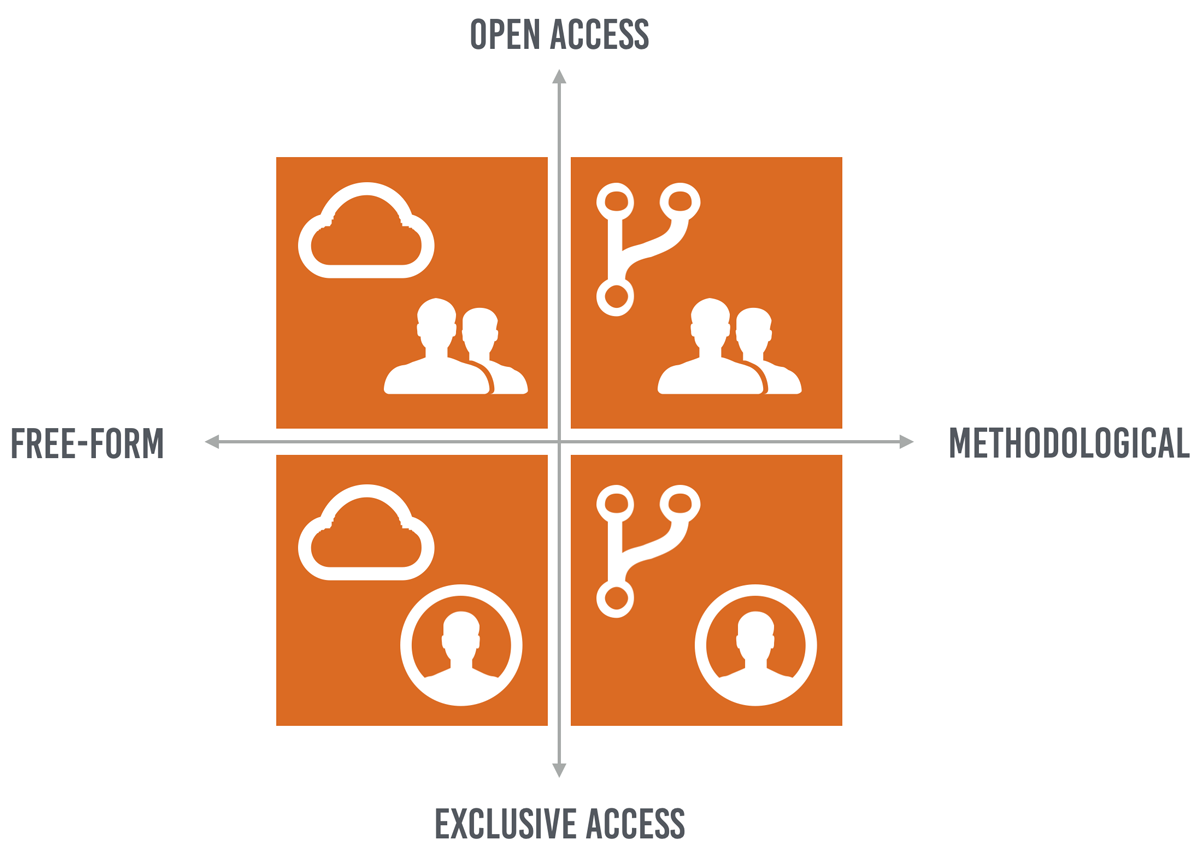Does your company need a compelling vision to take you to the next level? To help you on the journey, we wrote a guidebook, Your Next Vision.
How this book came about
What is the new way to create products and services in today’s online world? First, build your audience. Then, understand them. Finally, create a product and service that fulfills their needs.
This is how and why we wrote our book, Your Next Vision – A guide for creating a compelling vision for your company. The audience, in this case, is my blog readers and podcast listeners at AEC-Business.com. They have showed special interest in blog posts on business visions, envisioning, and examples of vision statements. I always want to help my audience, so I decided to create a book on business visions.
To write the book, I joined forces with Mikko Taskinen, a business coach, educator, and author. We are quite different in how we do business and how we write. That, however did not stop us from collaborating effectively. Actually, I think that having two authors with different backgrounds made the book more interesting and enthralling.
We wanted the book to be both inspirational and instructional. It is not scientific; it is based on empirical evidence, interviews, and our own experiences. We use pictures as thinking tools.
We’re very thankful for all the interviewees and give special thanks to Dave Gray, founder of XPLANE. Based on the amount of content he gave us, we should credit him as a co-author.
Two examples from the book
As an architect, I’ve always been interested in forms, structure, systems, and how people behave.
I’ve used these interests during my management consulting career. You can spot my contribution to this book especially where we describe tools, techniques, and processes.
I’ll mention two examples: the envisioning process and the vision statement.
While studying how companies envision, we identified two main tendencies: how open the process was and how structured and planned it was. Hence, we developed this matrix, which presents the four main approaches to envisioning. We have examples of each of them in the book.

Do we recommend any of these? In general, we believe that openness, open engagement, is a good thing if you want your people to be committed to the vision.
How structured should the process be? I think that it is a practical question. Based on my experience, having some sort of plan and structure is a good thing. It makes the process efficient and delivers results.
We don’t say that envisioning is a one-off project. The best companies incorporate envisioning into their management system, as the case study of XPLANE shows.
Another interesting question is how do companies express their visions. What are the different ways to write your vision statement? I discovered seven categories:
- Concise
- Quantitative
- Rank
- Qualitative
- Paragon
- Transformational
- Explanatory
They vary from slogan-like utterances to long, tedious explanations of what the company wants to be.
Is there a formula for a perfect vision statement?
We mention the features of good vision statements and attributes that make a vision statement less effective.
Finally, it all boils down to how the people in your company, your customers, and business partners want to hear your story told. In that sense, the vision becomes part of your brand.
The most interesting discovery of our book was that the interplay between the corporate and individual visions of the employees. How closely connected those are, can make a huge difference. Successful companies are able to use the visions of the individuals as the rocket fuel that the company’s vision ignites.
I hope that you get some value from our book. We’d love to receive your comments and thoughts and develop our book further.
You can read more about the book at http://aepartners.fi/yournextvision and buy it at https://gum.co/yournextvision.
View the original article and our Inspiration here


Leave a Reply